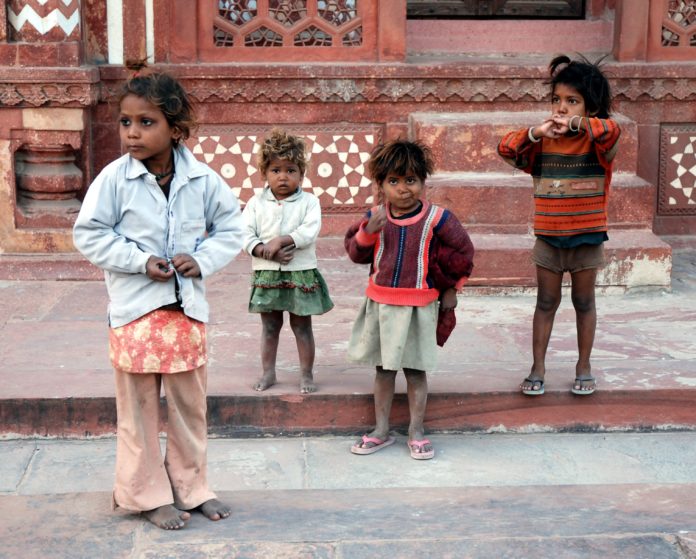
Most deaths of children aged 5-14 in India are from communicable diseases such as pneumonia, tuberculosis and vaccine-preventable diseases, says The Lancet
Most deaths of children aged five to 14 in India, China, Brazil and Mexico arise from preventable or treatable conditions. This is the conclusion of a new study published today in The Lancet. Deaths due to communicable diseases, neurological conditions, road traffic injuries, drowning and childhood cancers are common for children aged five to 14 in all four countries.
In India, death rates from communicable diseases such as pneumonia, tuberculosis and vaccine-preventable diseases were nearly 20 times higher than in China, and 10 times higher than in Brazil and Mexico. China saw more deaths by drowning than any of the other countries.
Boys aged five to 14 had higher death rates than girls from nearly all injuries. There were substantial reductions in communicable diseases across all countries, with faster progress in girls than boys, narrowing the gender gap traditionally seen.
Because most deaths occur at home and without medical attention in India, hundreds of specially trained census staff in India knocked on doors to interview household members about deaths
“Most of these deaths are avoidable and for those caused by medical conditions, many of them are treatable,” said Dr. Prabhat Jha, director of CGHR and Professor at the Dalla Lana School of Public Health at the University of Toronto and senior author of the paper.
The research examined mortality from 2005 to 2016 in India, China, Brazil and Mexico using more than 240,000 interviews of families with a death or death certificates. These countries are home to 40 percent of the world’s children aged five to 14, and with over 200,000 deaths represent nearly a quarter of all deaths in this age group. These countries as they had at least 10 years of nationally representative high-quality data.
“About one-million deaths occur worldwide at ages five to 14, and to address this unrecognized burden, it is crucial to understand the causes of these deaths,” commented Dr. Zulfiqar Bhutta, co-director of the Centre for Global Child Health at the Hospital for Sick Children, who was not affiliated with the study. He added, “This remarkable study provides us clear directions as to potential targets and interventions needed to reduce deaths at this age to complement the great progress made in younger children.
In India, Dr. Jha leads the Million Death Study, one of the largest studies of premature deaths in the world. Because most deaths occur at home and without medical attention in India, hundreds of specially trained census staff in India knocked on doors to interview household members about deaths. Two physicians independently examined these ‘verbal autopsies’ to establish the most likely cause of death.
“Death in children aged five to 14 should be rare around the world,” added Dr. Jha. “With cost-effective, feasible and affordable interventions, substantial declines in deaths in this age group are possible.”
The researchers called for a broader set of interventions than those from the maternal and child health programs that target children under five especially in countries of sub-Saharan Africa.












